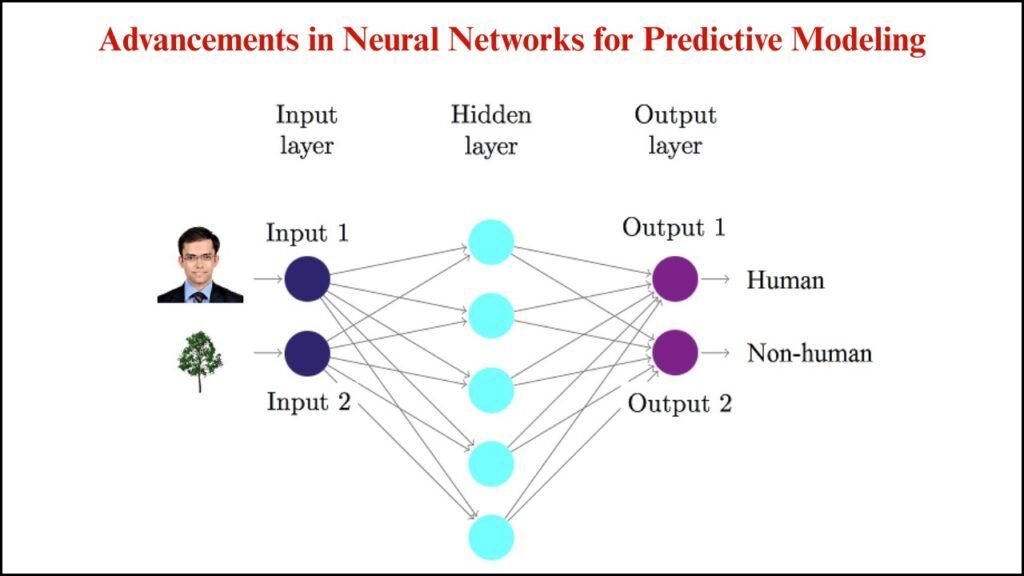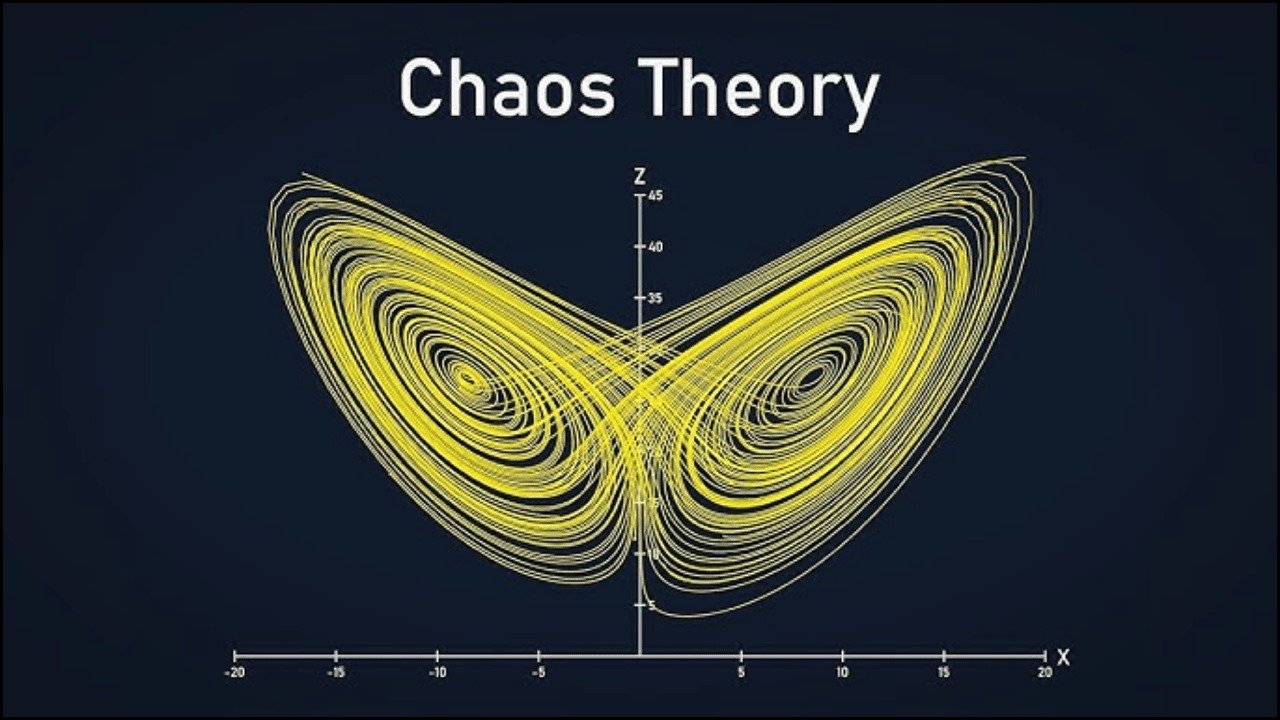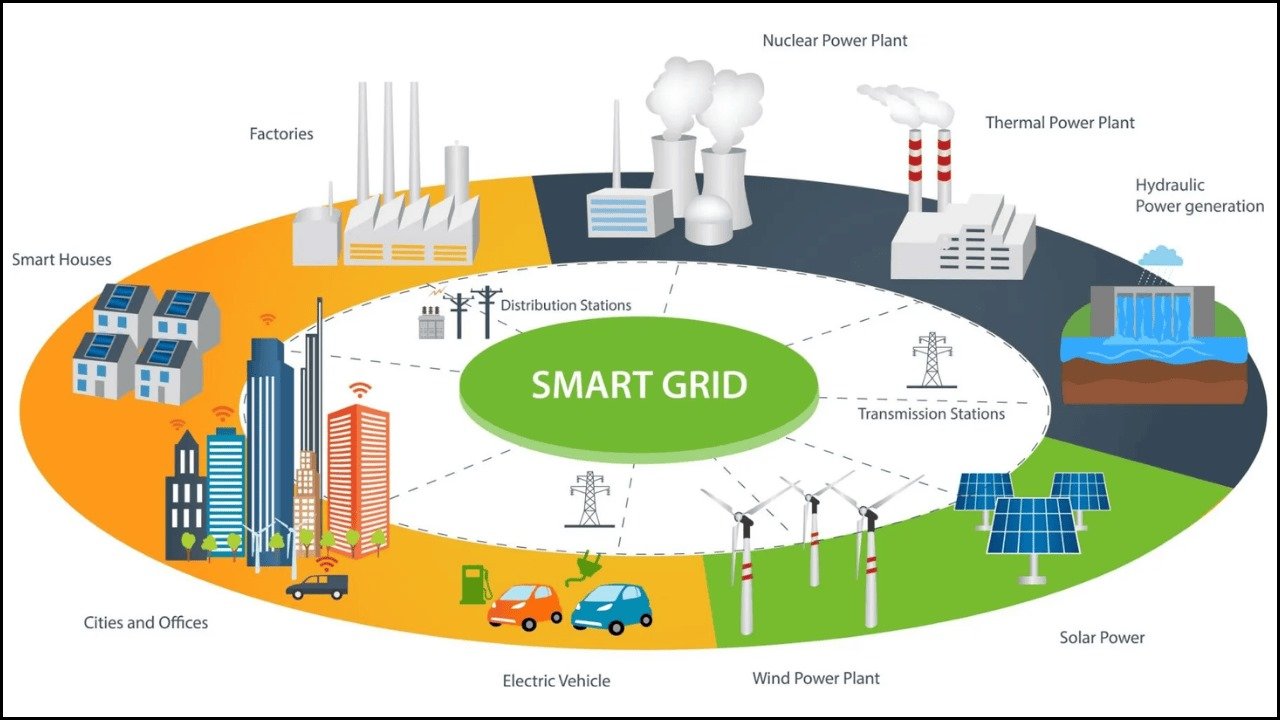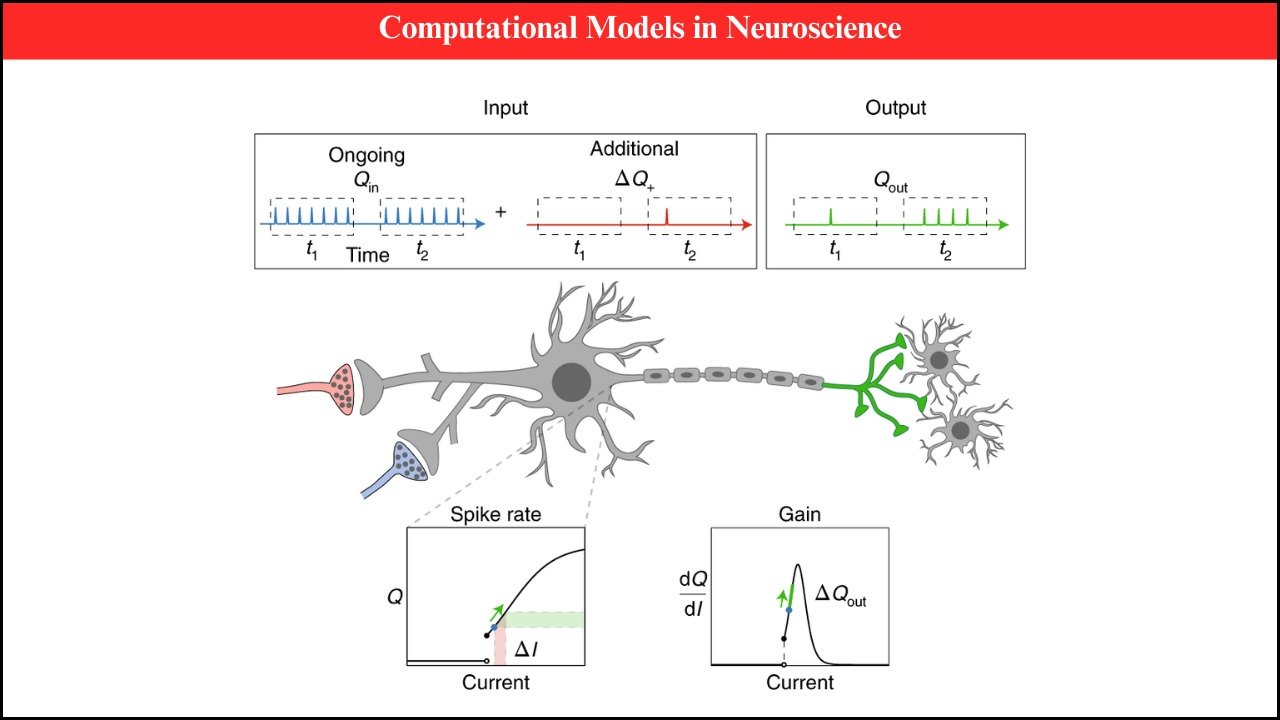
Neural networks have become a cornerstone of modern data science, driving innovation in predictive modeling across industries. These computational models, inspired by the structure of the human brain, can recognize patterns, analyze complex datasets, and make accurate predictions. Recent advancements in neural network architectures, algorithms, and computational resources have significantly enhanced their capabilities, making them essential tools for businesses, healthcare, finance, and more.
Table of Contents
Understanding Neural Networks in Predictive Modeling
Neural networks consist of interconnected layers of nodes, or neurons, that process input data to generate outputs. In predictive modeling, they learn patterns from historical data and apply this knowledge to forecast future outcomes. Traditional linear models often fall short when dealing with large, non-linear datasets, but neural networks excel due to their ability to capture intricate relationships.
Key Advancements in Neural Networks
1. Deep Learning Architectures
Deep neural networks (DNNs) with multiple hidden layers have revolutionized predictive modeling. They can extract high-level features from raw data, enabling precise predictions in applications like image recognition, natural language processing, and stock market forecasting.
2. Convolutional Neural Networks (CNNs)
Originally designed for image processing, CNNs have found applications in predictive analytics, such as analyzing sensor data, spatial patterns, and even financial time-series data. Their ability to capture spatial hierarchies improves the accuracy of predictions.
3. Recurrent Neural Networks (RNNs) and LSTMs
RNNs and their enhanced variant, Long Short-Term Memory networks (LSTMs), excel in sequential data analysis. They are widely used for predicting trends in time-series data, speech recognition, and demand forecasting.
4. Transfer Learning
Transfer learning allows neural networks to leverage pre-trained models, reducing training time and computational costs. This advancement is particularly useful when data is limited but domain expertise is required for predictive accuracy.
5. Explainable AI (XAI)
With neural networks often criticized as “black boxes,” advancements in explainable AI provide transparency. Techniques like SHAP values and LIME help interpret model predictions, making neural networks more trustworthy for critical applications such as healthcare and finance.
Applications Across Industries
| Industry | Application | Benefits |
|---|---|---|
| Healthcare | Disease risk prediction | Early intervention and personalized treatment |
| Finance | Credit scoring and fraud detection | Accurate risk assessment and fraud prevention |
| Retail | Customer behavior forecasting | Improved inventory management and targeted marketing |
| Manufacturing | Predictive maintenance | Reduced downtime and operational efficiency |
| Transportation | Traffic and demand forecasting | Optimized routing and resource allocation |
Challenges and Considerations
Despite the progress, neural networks for predictive modeling face challenges:
- Data Quality: Predictions are only as good as the data used for training. Poor data quality can lead to inaccurate forecasts.
- Computational Requirements: Large neural networks require significant processing power and memory.
- Overfitting: Complex networks may fit training data too closely, reducing their generalization capability on new data.
- Interpretability: While XAI is improving, understanding complex neural network behavior remains challenging.
Future Outlook
The future of predictive modeling lies in integrating advanced neural network architectures with other AI technologies. Hybrid models combining neural networks with reinforcement learning, graph neural networks, and probabilistic models are emerging to tackle increasingly complex prediction tasks. As computational power and data availability continue to grow, neural networks will become even more precise, interpretable, and essential for strategic decision-making across sectors.
FAQs
Q1: What makes neural networks superior for predictive modeling?
A1: Their ability to capture complex, non-linear relationships in large datasets makes them highly effective.
Q2: How do RNNs and LSTMs improve predictions?
A2: They analyze sequential data effectively, capturing trends and dependencies over time.
Q3: What is the role of explainable AI in neural networks?
A3: Explainable AI provides transparency and interpretability, making predictions more reliable and understandable.





